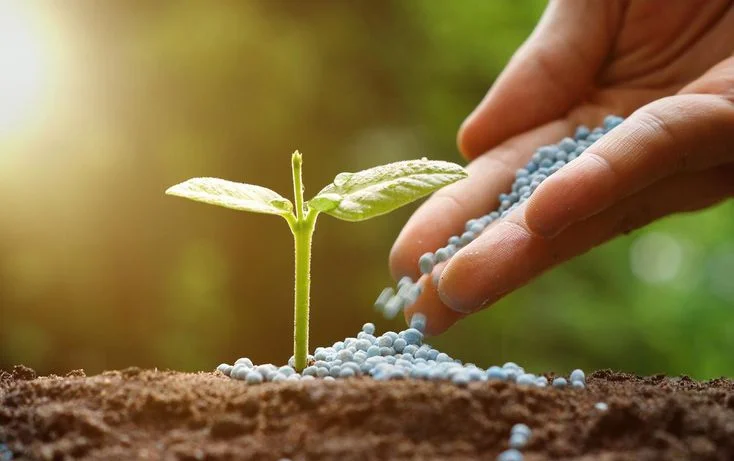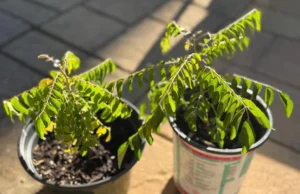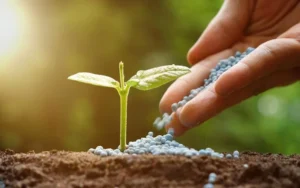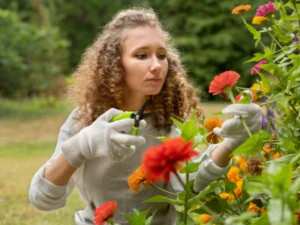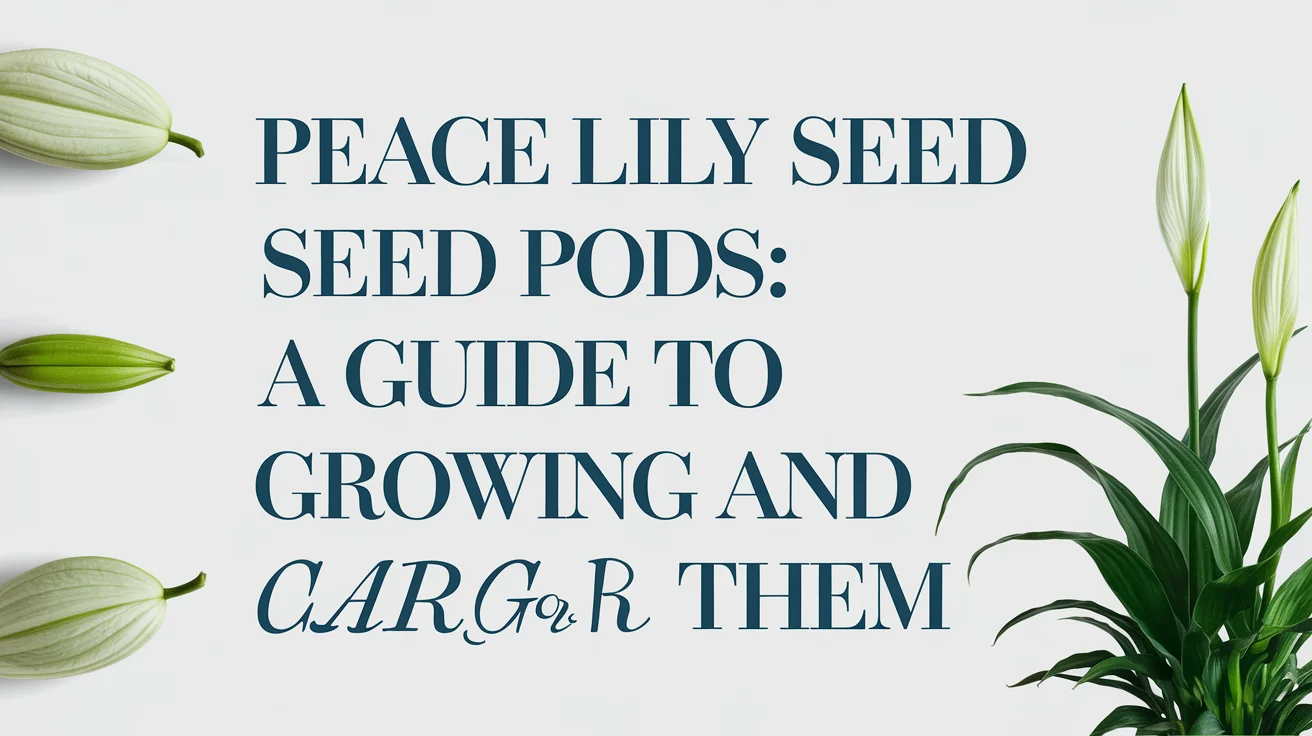Having a vibrant, green lawn is every homeowner’s dream. However, one of the most common questions people ask is, “how often should I fertilize my lawn?” The answer depends on several factors from the type of grass and climate to the fertilizer you use and how you care for your soil. In this detailed guide, we’ll uncover everything you need to know to achieve a healthy, thriving lawn all year round.
Why Fertilizing Your Lawn Matters
Before diving into how often you should fertilize your lawn, it’s important to understand why fertilization is so essential.
Grass, just like any other plant, requires nutrients to grow. Over time, soil loses vital nutrients like nitrogen, phosphorus, and potassium due to rain, mowing, and foot traffic.
Regular fertilization replenishes these nutrients, ensuring your lawn stays lush, dense, and green. Moreover, fertilizing helps grass develop stronger roots, resist weeds, and recover faster from stress such as drought or heavy footfall.
Transitioning from nutrient-poor soil to nutrient-rich soil makes all the difference in your lawn’s health and appearance.
How Often Should I Fertilize My Lawn?
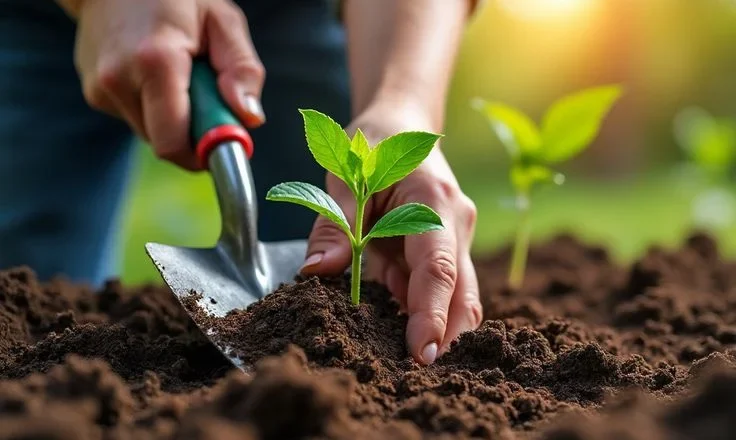
The frequency of fertilizing depends largely on your grass type and climate zone. Generally, lawns benefit from two to four feedings per year, but that can vary. Let’s explore this in more detail.
1. Cool-Season Grasses (Spring and Fall Focus)
If you live in a region with cool-season grasses like Kentucky bluegrass, fescue, or ryegrass, your lawn grows best during spring and fall.
-
Early Spring (March–April): Apply a light fertilizer to wake up your lawn after winter.
-
Late Spring (May–June): Add a balanced fertilizer to encourage steady growth.
-
Fall (September–October): Fertilize heavily before winter to strengthen roots.
Using slow-release fertilizers during these times ensures your lawn receives nutrients gradually, promoting healthy growth without burning the grass.
2. Warm-Season Grasses (Summer Focus)
If you’re growing Bermuda, Zoysia, or St. Augustine grass, your fertilization schedule differs. Warm-season grasses thrive during late spring through summer.
-
Late Spring (April–May): Begin fertilizing once the grass turns fully green.
-
Mid-Summer (June–July): Apply a second round to maintain vibrant color and density.
-
Early Fall (August–September): A final feeding before dormancy keeps roots strong.
Warm-season grasses prefer nitrogen-rich fertilizers that boost blade development and enhance green color.
3. Regional and Climate Considerations
Climate plays a major role in determining how often you should fertilize your lawn.
For example, southern regions with longer growing seasons may require four fertilizations a year, while cooler northern areas may need only two or three.
Always check local weather conditions, because fertilizing before heavy rain can wash away nutrients, wasting your effort and money.
Choosing the Right Fertilizer for Your Lawn
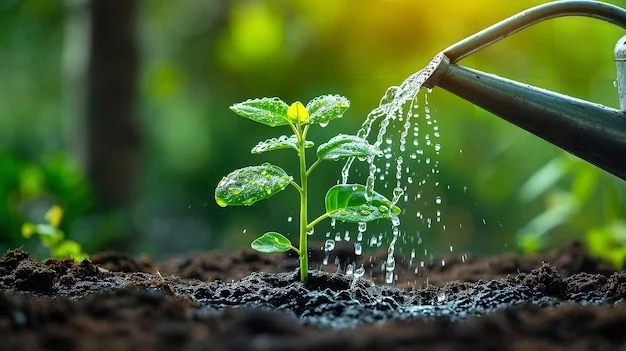
Now that you know how often to fertilize, selecting the right fertilizer is key. Fertilizers are available in granular or liquid forms and can be synthetic or organic.
-
Granular fertilizers are long-lasting and ideal for even nutrient distribution.
-
Liquid fertilizers work faster, great for quick green-up or treating deficiencies.
-
Organic options like compost and manure improve soil health naturally.
Look for an N-P-K ratio (Nitrogen-Phosphorus-Potassium) suited for your grass type. For instance, a 20-5-10 fertilizer provides high nitrogen to encourage lush growth.
Signs Your Lawn Needs Fertilizer
Even with a schedule, your lawn will signal when it needs nutrients. Watch for these signs:
-
Pale or yellowing grass
-
Slow or patchy growth
-
Increased weed presence
-
Hard, compacted soil
When these symptoms appear, it’s time to feed your lawn. Transitioning from undernourished grass to a balanced lawn care plan will bring visible improvements within weeks.
Lawn Fertilization Tips for Best Results

To make the most of your fertilizer, follow these expert tips:
-
Mow before fertilizing: Shorter grass allows nutrients to reach the soil easily.
-
Water after application: Helps nutrients absorb into the soil.
-
Avoid over-fertilizing: Too much nitrogen can burn your grass.
-
Use a spreader: Ensures even distribution and prevents patchy growth.
-
Combine with aeration: Aerating improves soil absorption and root health.
Using these methods ensures a healthy, uniform, and long-lasting lawn that’s the envy of your neighborhood. If you’re also interested in enhancing your outdoor space with colorful blooms, check out what is the most popular flower to find the perfect floral additions for your garden.
Common Fertilizing Mistakes to Avoid
Even with the best intentions, some homeowners make mistakes that hinder their lawn’s growth. Avoid these common errors:
-
Applying fertilizer too often: Leads to nutrient overload and grass burn.
-
Skipping soil tests: Without knowing your soil’s nutrient balance, fertilizing becomes guesswork.
-
Fertilizing during heatwaves: High temperatures can damage the lawn.
-
Ignoring watering schedules: Nutrients need moisture to move into the roots.
By avoiding these mistakes, you maintain consistency and prevent unnecessary lawn stress.
Seasonal Fertilizing Calendar
Here’s a simple reference guide to keep your lawn healthy year-round:
| Season | Cool-Season Grasses | Warm-Season Grasses |
|---|---|---|
| Spring | Light feeding | Start fertilizing |
| Summer | Optional light feed | Main feeding period |
| Fall | Heavy feeding | Final light feed |
| Winter | No fertilizer | No fertilizer |
This seasonal approach helps balance nutrient intake and promotes strong root development across all climates.
Frequently Asked Questions (FAQs)
1. How often should I fertilize my lawn with slow-release fertilizer?
Slow-release fertilizers typically last 8–12 weeks, so fertilizing every two to three months is sufficient for consistent nourishment.
2. Can I fertilize my lawn too much?
Yes. Over-fertilizing can burn your grass, cause excessive thatch buildup, and pollute nearby waterways. Always follow the recommended dosage.
3. What is the best month to fertilize my lawn?
It depends on your grass type. April and September are ideal for cool-season grasses, while May through August works best for warm-season types.
4. Should I fertilize before or after rain?
Fertilize after light rain or water immediately afterward. Avoid fertilizing before heavy rain, as nutrients may wash away.
5. Do I need to fertilize new sod?
Yes, but wait at least 6–8 weeks after laying new sod before applying fertilizer. This allows roots to establish properly.
Conclusion
So, how often should I fertilize my lawn? In most cases, fertilizing two to four times per year, based on grass type, climate, and soil health, keeps your lawn vibrant, green, and resilient. Moreover, maintaining a proper fertilization schedule encourages steady growth and minimizes patchy areas.
In addition, balanced nutrients help your lawn resist weeds and recover quickly from stress. Therefore, feeding your lawn at the right times truly makes a difference in its overall health. For homeowners who also enjoy nurturing indoor plants, learning about growing aloe vera indoors can complement your gardening routine and bring greenery into your home as well.
As a result, you’ll notice thicker, greener grass within weeks of consistent care. On the other hand, neglecting your schedule can lead to nutrient loss and dull color. Furthermore, combining fertilizer with proper mowing and watering habits enhances root strength. For instance, mowing regularly at the correct height allows nutrients to penetrate more effectively. Additionally, watering deeply after fertilizing ensures that nutrients reach the roots where they’re most needed.
Consequently, your lawn becomes more resilient against drought, pests, and seasonal stress. Besides, sticking to a routine prevents over-fertilization and potential damage. In other words, it’s not just about how much fertilizer you use but how wisely you apply it. Meanwhile, observing your lawn’s condition will help you adjust the schedule when necessary. Finally, remember that consistency is the key to lasting success.
Altogether, when you combine proper mowing, watering, and fertilization, your yard will flourish beautifully. Ultimately, with a smart fertilizing routine and steady attention, you’ll enjoy a healthier, greener, and more beautiful lawn all year long.

